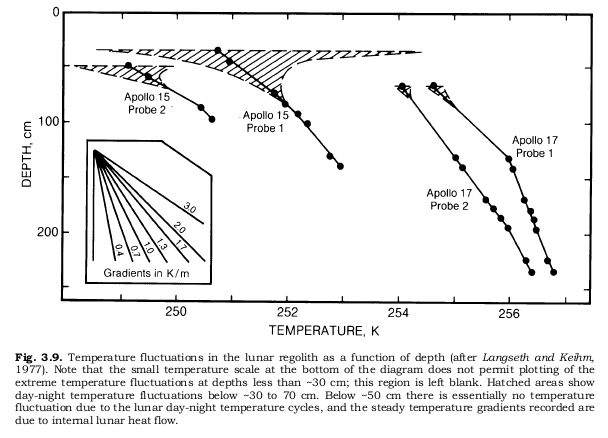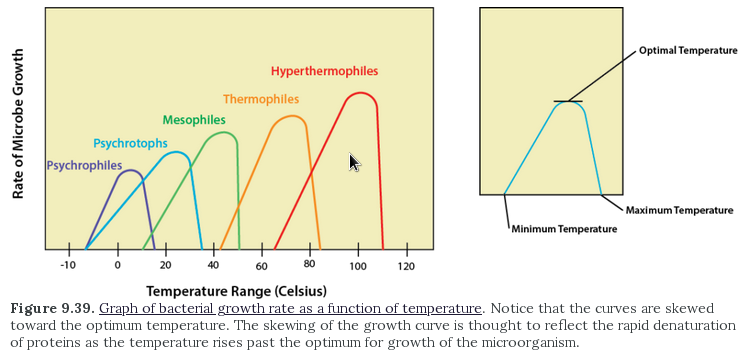|
Size: 1429
Comment:
|
Size: 3930
Comment:
|
| Deletions are marked like this. | Additions are marked like this. |
| Line 5: | Line 5: |
| Unfortunately, as more contributors get involved, more stupid and careless contributors will get involved, potentially making dreadful (and self-replicating) mistakes. Not on my favorite planet, please! | Unfortunately, as more contributors get involved, more stupid and careless contributors will get involved, potentially making dreadful (and self-replicating) mistakes. The cost of a terrestrial lab-leak could be enormous. Not on my favorite planet, please! |
| Line 7: | Line 7: |
| Artificial microbes are small, though some of the lab equipment used to study them (such as the [[ https://en.wikipedia.org/wiki/National_Synchrotron_Light_Source_II | National Synchrotron Light Source ]] ) is gigantic. In between, equipment ranges from micropipettes to electron microscopes; the "petri dish equivalents" for growth media can be very small as well. | Artificial microbes are small, though some of the lab equipment used to study them (such as the [[https://en.wikipedia.org/wiki/National_Synchrotron_Light_Source_II | National Synchrotron Light Source ]]) is gigantic. In between, equipment ranges from micropipettes to electron microscopes. The "petri dish equivalents" for growth media can be very small as well. |
| Line 9: | Line 9: |
| The far side of the Moon is an intriguing location for risky, high isolation experiments. It is very expensive to get to, but ''if'' a microlab mass can be reduced to a few kilograms, placing such labs on the Moon may be less expensive than the paperwork and security procedures for a similar microlab on Earth. | The far side of the Moon is an intriguing location for risky, high isolation experiments. It is very expensive to get to, but ''if'' a microlab mass can be reduced to a few kilograms, placing such labs on the Moon may be less expensive than the paperwork and security procedures and liability insurance for a similar microlab on Earth. |
| Line 11: | Line 11: |
| More precisely, '''inside''' the Moon. [[ https://www.lpi.usra.edu/publications/books/lunar_sourcebook/pdf/Chapter03.pdf | Chapter 3 of the Lunar Sourcebook ]] shows near-equatorial surface temperatures varying by +- 140K, but one meter below the surface, the monthly variation vanishes, replaced by a slow increase with depth, perhaps 1K per meter. At 5 meters depth, approximately 260 Kelvin. | || More precisely, '''inside''' the Moon. [[ https://www.lpi.usra.edu/publications/books/lunar_sourcebook/pdf/Chapter03.pdf | Chapter 3 of the Lunar Sourcebook ]] shows near-equatorial surface temperatures varying by +- 140K, but one meter below the surface, the monthly variation vanishes, replaced by a slow increase with depth, perhaps 1 Kelvin per meter. At 5 meters depth, approximately 260 Kelvin. || {{ attachment:LunarTemp.png }} || || {{ attachment:OptimalTemp.png }} || Figure 9.39 of [[ https://ecampusontario.pressbooks.pub/microbio/chapter/temperature-and-microbial-growth/ | Microbiology: Canadian Edition by Wendy Keenleyside ]] shows optimal growth temperatures range from 280K ( psychrophiles ) to 360K ( hyperthemophiles ). || Lab equipment consumes power and dissipates heat, so the average temperature of a lab can be chosen by adjusting heat dissipation, insulation, and regolith-contacting surface area, perhaps supplemented by active above-surface heat radiator panels oriented perpendicular to the Sun. A growth chamber drilled into the lunar surface can be protected from sizeable impacts. Locating the labs on the far side of the Moon provides additional isolation from the Earth - impact ejecta may be launched to lunar escape, but it is very unlikely that any of it will intercept the Earth. And if it does, it will enter the atmosphere faster than 11 km/s, probably vaporizing. The lab complex might be near 0 degrees latitude and 10 degrees east. That will be invisible from the Earth, but it will be visible to a relay satellite stationed at the Earth-Moon L5 Lagrange point. That doubles the round-trip signalling time to the Earth; a dozen relay satellites orbiting the Moon would provide faster access. Space settlements at L5 would also have fast access. Communications with the labs will likely be encrypted, but traffic analysis would reveal the location of any "rogue" labs. The goal isn't to make rogue labs impossible (rogue labs can be sited on Earth instead), but to make them visible and countable. Invisible threats lead to paranoid overresponse. Again, the goal is a "least bad" location for potentially inept and careless microbiological research, perhaps '''''Really Dangerous''''' experiments. Protocols and inspections and excellent training for terrestrial labs are admirable; nevertheless, mistakes happen. "Gain of function" studies for pathogens can tell us what those pathogens might be capable of, and how to prepare for those consequences. However, even the possibility of terrestrial gain-of-function studies creates fear (rational and irrational), and can lead to irrational attacks against labs, researchers, and nations. Lunar labs will be expensive and inconvenient, but not as inconvenient as a fear-triggered nuclear war. |
LunarLab
Artificial microbiology is accomplishing wonderful things, and is just getting started, compared to what is to come.
Unfortunately, as more contributors get involved, more stupid and careless contributors will get involved, potentially making dreadful (and self-replicating) mistakes. The cost of a terrestrial lab-leak could be enormous. Not on my favorite planet, please!
Artificial microbes are small, though some of the lab equipment used to study them (such as the National Synchrotron Light Source) is gigantic. In between, equipment ranges from micropipettes to electron microscopes. The "petri dish equivalents" for growth media can be very small as well.
The far side of the Moon is an intriguing location for risky, high isolation experiments. It is very expensive to get to, but if a microlab mass can be reduced to a few kilograms, placing such labs on the Moon may be less expensive than the paperwork and security procedures and liability insurance for a similar microlab on Earth.
More precisely, inside the Moon. Chapter 3 of the Lunar Sourcebook shows near-equatorial surface temperatures varying by +- 140K, but one meter below the surface, the monthly variation vanishes, replaced by a slow increase with depth, perhaps 1 Kelvin per meter. At 5 meters depth, approximately 260 Kelvin. |
|
|
Figure 9.39 of Microbiology: Canadian Edition by Wendy Keenleyside shows optimal growth temperatures range from 280K ( psychrophiles ) to 360K ( hyperthemophiles ). |
Lab equipment consumes power and dissipates heat, so the average temperature of a lab can be chosen by adjusting heat dissipation, insulation, and regolith-contacting surface area, perhaps supplemented by active above-surface heat radiator panels oriented perpendicular to the Sun.
A growth chamber drilled into the lunar surface can be protected from sizeable impacts. Locating the labs on the far side of the Moon provides additional isolation from the Earth - impact ejecta may be launched to lunar escape, but it is very unlikely that any of it will intercept the Earth. And if it does, it will enter the atmosphere faster than 11 km/s, probably vaporizing.
The lab complex might be near 0 degrees latitude and 10 degrees east. That will be invisible from the Earth, but it will be visible to a relay satellite stationed at the Earth-Moon L5 Lagrange point. That doubles the round-trip signalling time to the Earth; a dozen relay satellites orbiting the Moon would provide faster access. Space settlements at L5 would also have fast access.
Communications with the labs will likely be encrypted, but traffic analysis would reveal the location of any "rogue" labs. The goal isn't to make rogue labs impossible (rogue labs can be sited on Earth instead), but to make them visible and countable. Invisible threats lead to paranoid overresponse.
Again, the goal is a "least bad" location for potentially inept and careless microbiological research, perhaps Really Dangerous experiments. Protocols and inspections and excellent training for terrestrial labs are admirable; nevertheless, mistakes happen. "Gain of function" studies for pathogens can tell us what those pathogens might be capable of, and how to prepare for those consequences. However, even the possibility of terrestrial gain-of-function studies creates fear (rational and irrational), and can lead to irrational attacks against labs, researchers, and nations. Lunar labs will be expensive and inconvenient, but not as inconvenient as a fear-triggered nuclear war.


